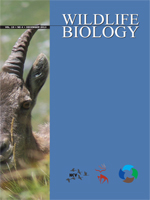Conservation and management of habitat is central to the conservation of grouse. Identifying thresholds of biotic and abiotic risks that may reduce habitat quality is therefore a component of habitat management of grouse. We propose that dietary phytochemicals, specifically plant secondary metabolites (PSMs), represent an ecological risk to grouse, which are not often considered in the management of grouse. Most species of grouse consume PSMs, which have negative consequences at some concentration. Moreover, several studies provide evidence that the risks posed by PSMs will likely increase under projected climate change scenarios. We discuss potential risks of PSMs for grouse and propose theoretical models, which can be used to test current and future physiological, behavioural and ecological risks of PSMs. We propose that dose-response thresholds can be used to predict and monitor the synergistic risks of PSMs and climate change for grouse. We further suggest that identifying dose-response thresholds to PSMs is needed in the management of vertebrate herbivores in general.
How to translate text using browser tools
1 December 2013
Hungry grouse in a warming world: emerging risks from plant chemical defenses and climate change
Jennifer Sorensen Forbey,
Natasha L. Wiggins,
Graham G. Frye,
John W. Connelly

Wildlife Biology
Vol. 19 • No. 4
December 2013
Vol. 19 • No. 4
December 2013
Climate
diet
grouse
habitat risk
herbivore
plant secondary metabolite




